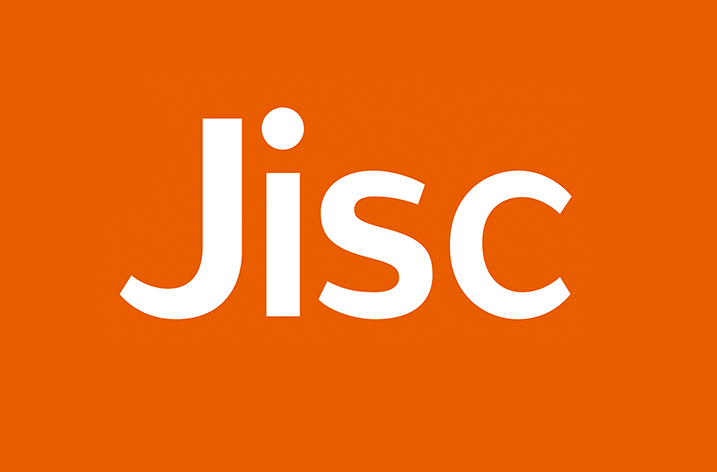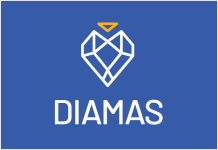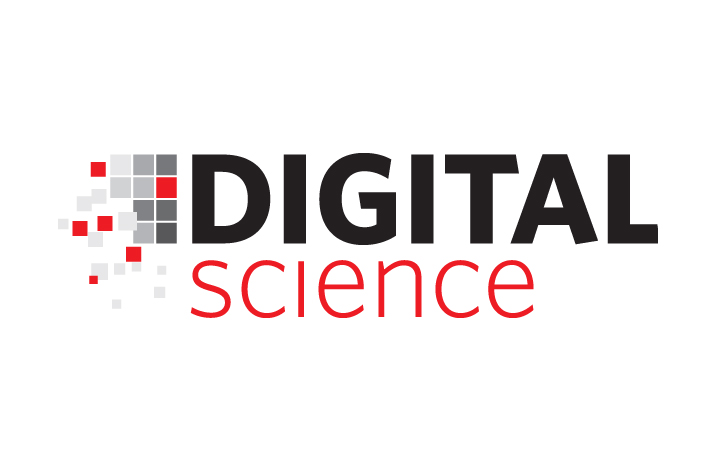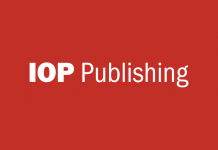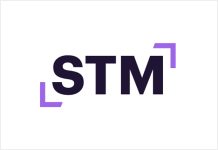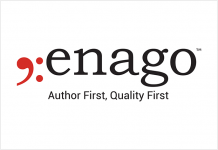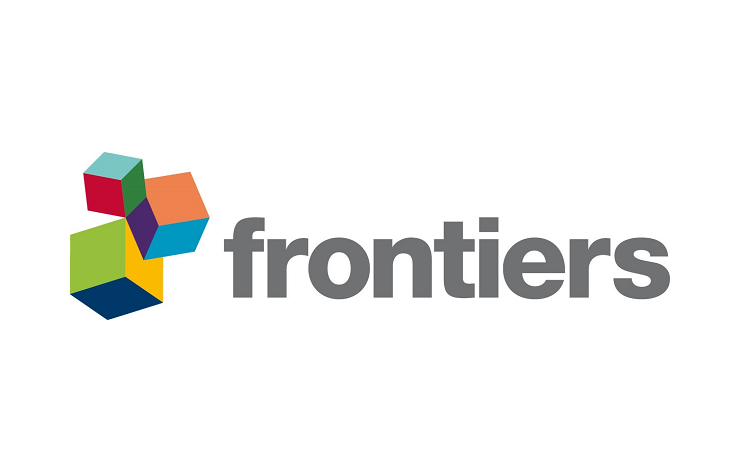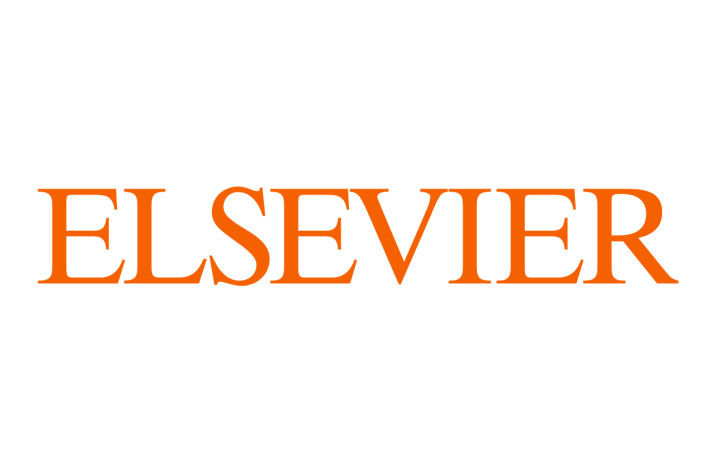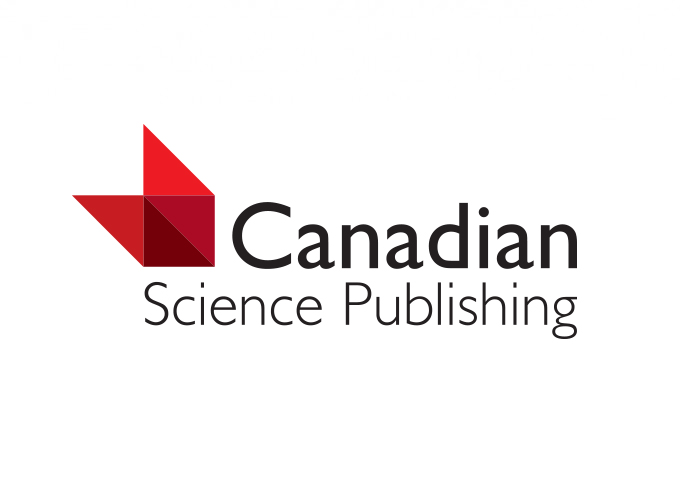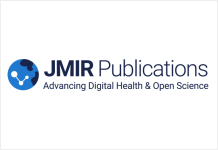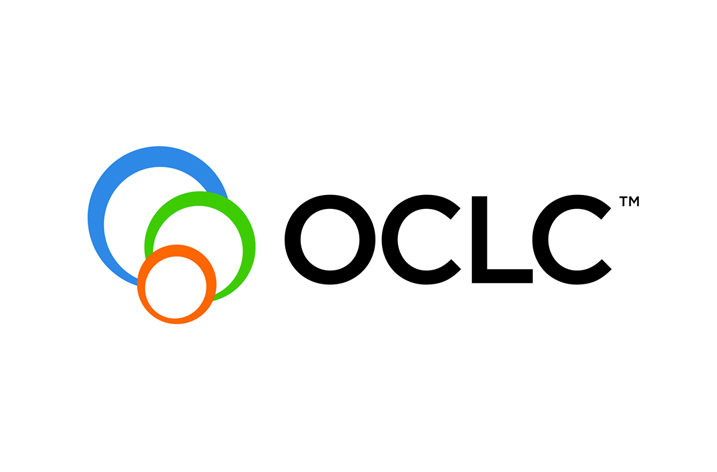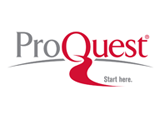
Students using eLibrary® from ProQuest® now benefit from several recent enhancements to this popular online resource, making it easier to conduct research and to complete school assignments. The new mobile web edition of eLibrary is now available and enables access from smart phones and hand-held devices, to one of the largest general reference collections of periodicals and digital media content. Mobile optimized for a variety of devices, students will find answers they need searching content from eight different media types, including more than 2,500 full-text magazines, newspapers, books, and transcript titles, and a collection exceeding seven million maps, pictures, web links, and audio/video files.
Responding to the broad spectrum of student learning behaviors, eLibrary now includes the following enhancements:
- Text-to-speech functionality from ReadSpeaker at the document level for all text formats, so that students can better understand and complete their assignments, while online or on-the-go.
- Direct export to EasyBib making citation export effortless, and providing students more time to focus on higher value steps in the research process.
“We recognize today’s student community has different needs, behaviors and learning habits. The enhancements to eLibrary reflect our continued investment to provide best-in-class solutions for the K-12 market,” said Larry Wilkner, Publisher, ProQuest. “Through our own product development efforts and through partnerships with leading providers such as ReadSpeaker and Imagine Easy Solutions, our solutions will continue to evolve offering anytime access to authoritative content in a variety of formats, with rich features and capabilities.”
Highly regarded by educators and librarians, eLibrary delivers multimedia and full-text reference essentials for study and research across all core and supplemental curricula subjects, and provides a user experience which appeals to a broad range of students. Educators can browse resources aligned with curriculum standards, define reading levels and text complexity, and promote critical thinking and information literacy.


